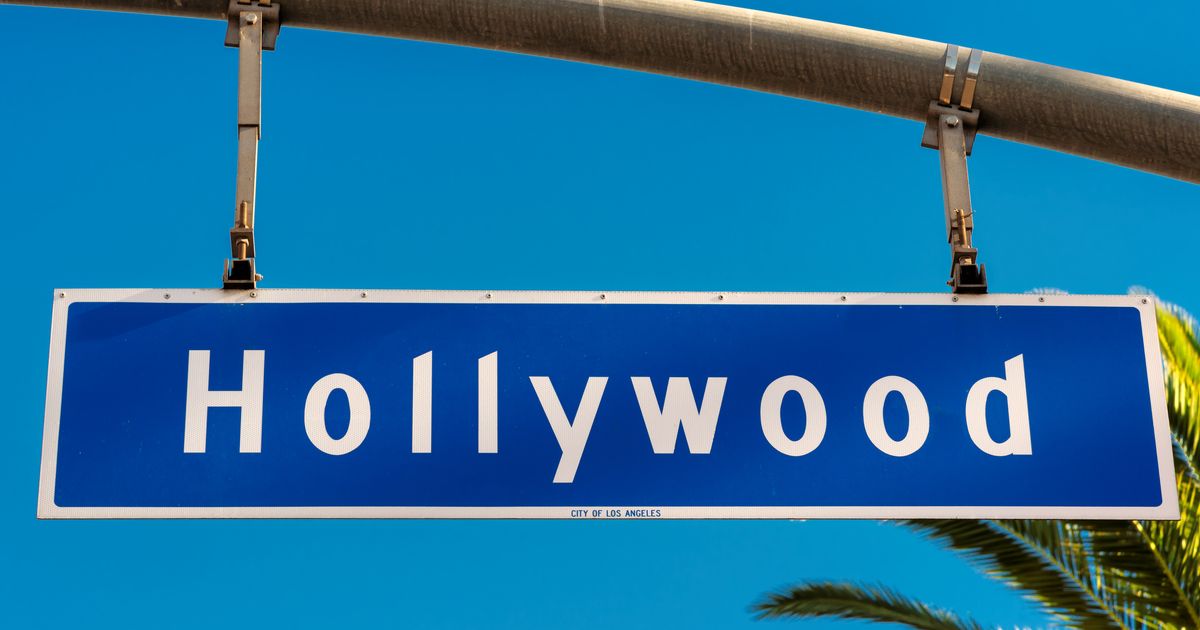
Hollywood could bring in an additional $10 billion each year if it addressed the pervasive racial inequities that exist in the film and TV industry.
That’s according to a recent report from the management consulting firm McKinsey & Company. “Fewer Black-led stories get told, and when they are, these projects have been consistently underfunded and undervalued, despite often earning higher relative returns than other properties,” the firm notes.
The report looked at multiple research reports on thousands of films and TV shows and interviewed more than 50 Black and non-Black players within the industry, such as studio execs, producers, writers, and directors, according to the New York Times. The firm also worked with the BlackLight Collective, an informal group of more than 90 Black entertainment industry leaders, according to the Hollywood Reporter.
The inequities persist both on camera and off. Fewer than six percent of writers, directors, and producers who produce U.S. films are Black. Often, these Black professionals make way for other Black talent to come through. For example, films with a Black producer (which, by the way, is only eight percent of U.S. films) or a Black director (six percent of U.S. films) are significantly more likely to have a Black writer. And this is the same in TV. More than four out of five shows created by a Black person also have a Black showrunner, the report says.
Black talent doesn’t fare much better in front of the screen. Black actors play 11 percent of the leads in films, while often acting in films about race (which usually get less production and promotion investment).
TV can be a little more equitable to Black actors. Around 14 percent of leads on cable programs were Black in 2019. However, that same year, less than 12 percent of Black actors played lead characters on broadcast TV. The picture is less optimistic when it comes to streaming, with less than 5 percent of shows with Black leads found on these platforms in 2019.
Clearly, Hollywood can be quite inhospitable to Black people. The report pointed to financial and social barriers, as well as racial bias that often keeps out Black talent in the industry.
But the report didn’t only point out the problems; it also outlined solutions it wants wants film and TV companies to take. Among them are ensuring diverse representation, especially talent behind the screen and executives. To do this, companies can expand recruiting, such as at historically Black colleges and universities. Another suggestion pushes the industry to pour more dollars into telling Black stories. For example, studios could commit 13.4 percent (to reflect the Black percentage of the population) of their annual budgets into these projects.
This isn’t just about money and increasing Black representation in the industry. TV shows and films shape our opinions about race and have the power to dismantle harmful racial stereotypes.
As the report says, “When the onscreen and offscreen representation of Black talent matches the share of Black Americans and when the industry succeeds in dismantling the ubiquitous workplace barriers preventing Black creators from telling a range of stories, viewers of all races will gain access to the many different products of Black creative expression.”
